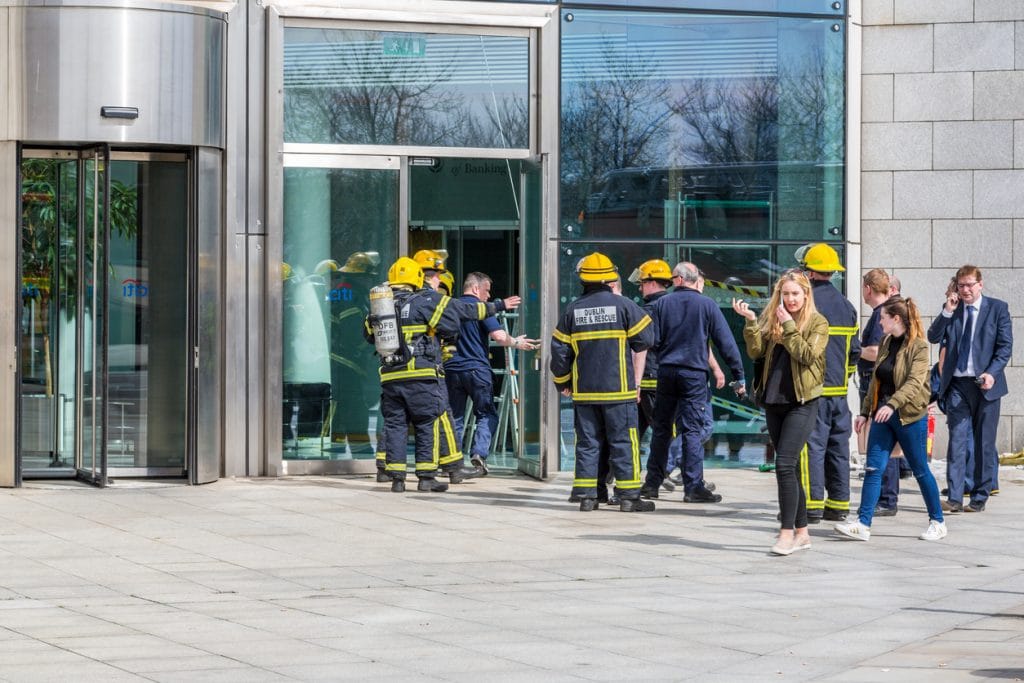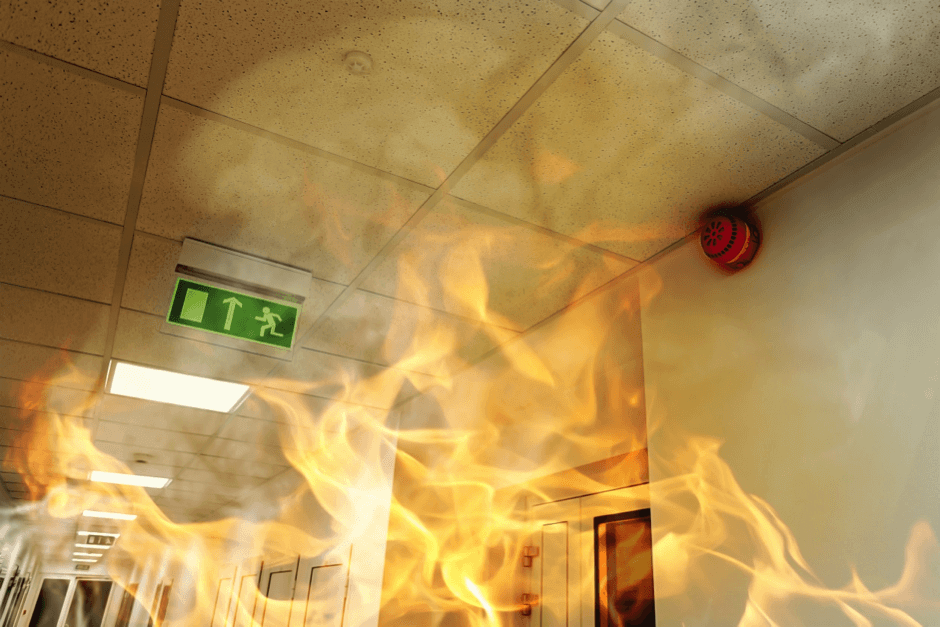FIRE SAFETY SERVICES
Fire evacuation plans are a requirement by law under the Fire Safety Order 2005, the plan should be drawn up by a ‘competent’ person and it should be ‘suitable and sufficient’ to enable occupants to escape from fire to a place of total safety away from the building.


Fire Evacuation Overview
Refuges are no longer acceptable as a temporary measure of escape. The ‘responsible person’ must instead have a plan set out that can assist in ensuring all occupiers can escape to an ultimate place of safety.
The evacuation plan should take account of the type of occupancy i.e. independent, dependent, or highly dependent persons, the structure of the building, the fire strategy of the building, the escape routes, the time factors to evacuate, the number of occupiers, the use and layout of the premises etc. This is not an exhaustive list, but covers the majority of points when designing a suitable site specific evacuation plan.
Once the plan has be formulated it must be tested with staff on a regular basis and results always recorded in writing as an audit trail.
Frequently Asked Questions about Fire Evacuation
Below you will find answers to commonly asked questions.
At least one per year but more often if your risk is high, such as in care and nursing homes, hospitals or special need establishments. Some organisations carry them out quarterly and others every six months. But the minimum is one every 12 months.
Your fire risk assessment and fire strategy documents should determine these facts.
